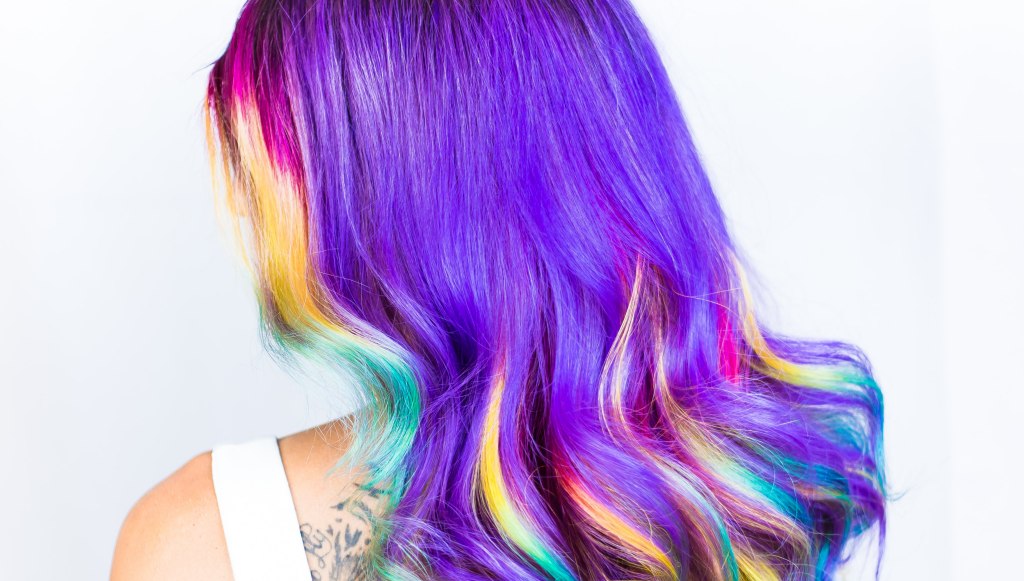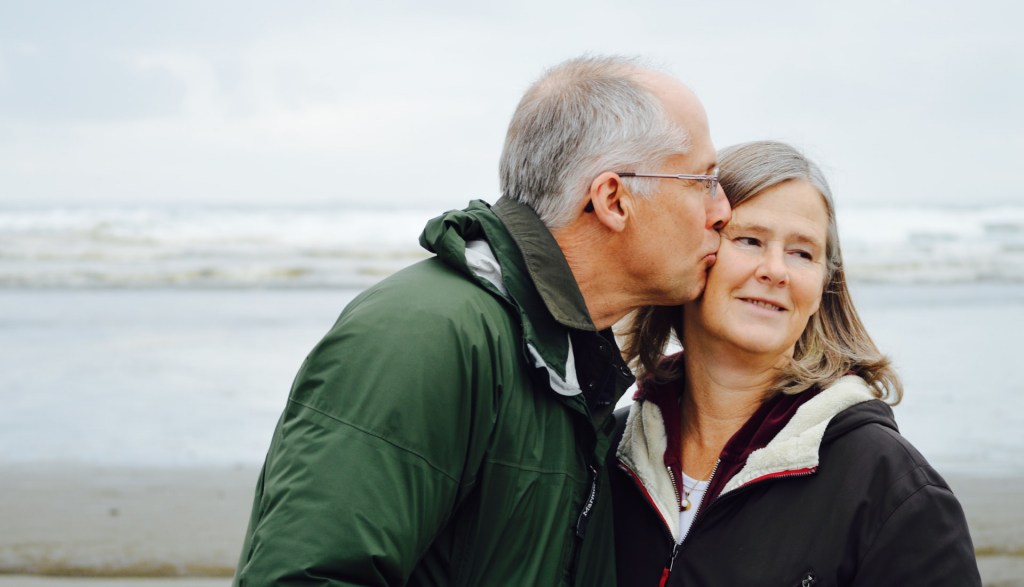The practice of coloring one’s hair has become increasingly popular in recent years. Some people prefer to dye their hair to cover up their natural color, while others like to show it out.
The color of your hair alters your overall appearance. It has the potential to make you feel like a completely different person. In order to disguise their troublesome grays, many people color their hair, and in return, they obtain an appearance that gives them confidence.
Many myths surround hair coloring, some of which may discourage people from experimenting with their hair coloring. These beliefs can cause you to be suspicious of coloring your hair and may even cause your brain to believe that coloring your hair has negative side effects.
As a result, we’ve compiled a list of the top 5 myths and hair care tips about hair coloring for your convenience.
Top 5 hair color myths and the best way to color your hair
1. Bleaching is bad for your hair
Fact: Bleach is the best way to color your hair. Because of a terrible experience with bleaching in the past, it’s fairly normal for individuals to be wary of the process in the future. But bleach is only harmful when it’s used incorrectly or inappropriately. When highlighting over previously colored hair, it is frequently necessary to use bleach because alternative lighteners will not lift through the artificial pigment that has already been applied.
2. Coloring will damage your hair
This is one of the most common myths, and you’ve probably heard it a hundred times before yourself. It is unlikely that coloring your hair will have a significant negative impact on your hair. In spite of this, there are many different options available on the market for maintaining healthy hair while having fun with the colors, and you must use the best hair color shampoo, conditioner, and serum; a significant contributor to damaged hair is the use of color; however, if you use the proper technique and aftercare, your hair will remain soft and healthy at all times.
3. Coloring Reduces Hair Volume
On the contrary, in fact. Lightening compounds used in hair coloring cause the cuticle to swell, giving the appearance of thicker and fuller individual strands of hair. And, when it comes to dyeing your hair, swelling is actually a positive thing to experience. The more swollen the hair shaft is, the simpler it is for the color to adhere to the hair shaft and stay in place.
4. After A Color Treatment, You Can Wash Your Hair
After dyeing your hair, you should wait a minimum of 72 hours before washing it to prevent damage. Why? That is the amount of time it takes for the hair cuticles to completely close, allowing the color to be trapped inside. Wash your hair with lukewarm or chilly water the next time you wash it to avoid your strands from drying out. Oh, and the pool is off-limits for at least two weeks because the chlorine will peel the cuticles, allowing minerals to enter the shaft and change the color of your skin.
5. The Use Of Home Hair Color Kits Is Difficult
Is it possible that your nerves have gotten the better of you? These days, at-home kits are extremely user-friendly, so there is no reason to be afraid of them. Take advantage of the new Absolutely Ayur to get the job done quickly and efficiently. Because of its new all-natural recipe, it does not cause any harsh reaction and allows for more exact application. Furthermore, the entire process takes only about 20 minutes from start to end.
Other Myths Debunked
- Coloring time: It is necessary for your hair to be somewhat clean in order for the color to attach successfully to it. The dye needs to penetrate the cuticle, your hair must be clean of any built-up product before applying the dye (especially wax). Additionally, the color may not be distributed uniformly as a result of this. Color hair that has been washed between 24 and 48 hours before coloring since the natural oils will protect your scalp from any irritation during the coloring process.
- Use any Shampoo: In the long run, investing in products that are specifically intended for color-treated hair is a wise investment that can save you money in the short term. The reason behind this is as follows: These products not only assist to prevent color from fading quickly, but they also help to restore shine and hydration to the hair.
- Grey hair: Grainy hair is totally genetic in origin, and coloring does not accelerate the onset of graying hair. Graying occurs when the melanin in the hair quits generating the pigment that gives it its color, and it is at this point that your hair begins to turn gray.
- Maintenance: If you want to keep your hair color looking vibrant, you should use good aftercare products such as (shampoo, conditioner, and serum). It is necessary, but do not purchase them without first talking with your hairstylist, who is familiar with your hair and scalp.
- Keep in Coloring: This is not at all true. You can change the color of your hair at any time. When you dye your hair, it doesn’t mean that you can’t ever get it back to its natural color.
- Red Fades Faster: The size of all hair color molecules is the same. Oxidative colorants used in formulas may not produce the brilliance that the red shade requires, therefore direct dyes are additionally added, which leads to rapid fading. In the sunshine, some red dyes are more vulnerable to UV rays than others, causing them to fade faster. Our eyes are able to perceive minor changes in brilliant colors like red more easily than in a brunette or blonde shade, making it appear that reds fade faster.
- Switching hair color: Changing the color of one’s hair It can take a while to transition, but it’s not impossible. Remove the old color from your hair with bleach or a color remover, then dye it again.


